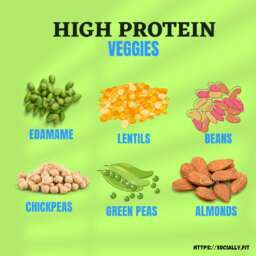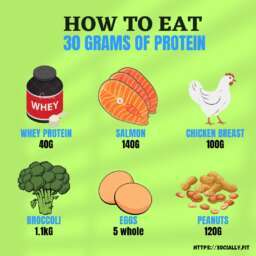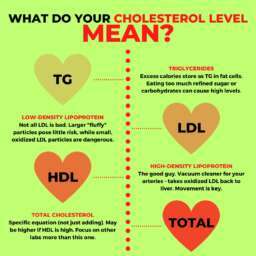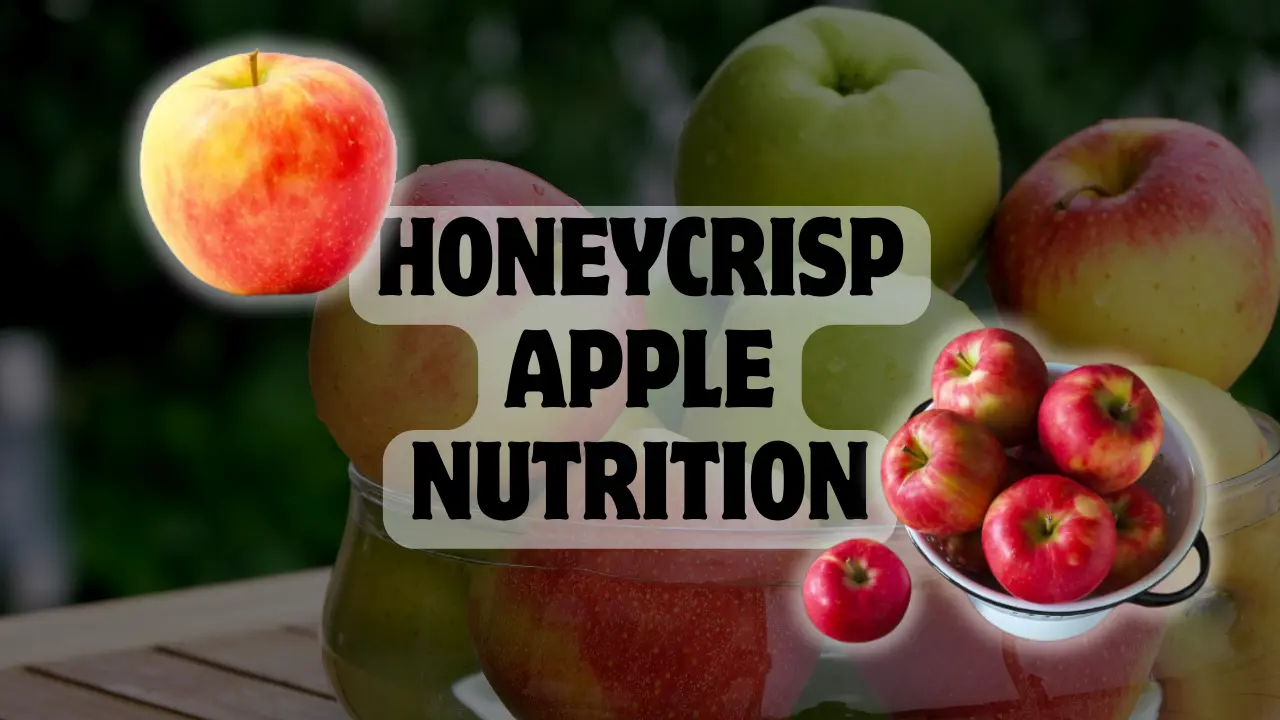Honeycrisp Apple Nutrition: Discover the Health Benefits of Honeycrisp Apples | Nutritional Profile, Tips, and FAQs.
Learn about the nutritional profile and health benefits of Honeycrisp apples, including tips on incorporating them into your diet and answers to frequently asked questions.
Introduction

If you’re someone who enjoys snacking on crisp, juicy apples, then the Honeycrisp variety might be a perfect choice for you. Not only are these apples incredibly delicious, but they also offer a range of health benefits. In this article, we’ll delve into the nutritional profile of Honeycrisp apples and explore the various ways they can contribute to your overall well-being.
What is Honeycrisp Apple?
Honeycrisp apples are a hybrid variety that was developed through cross-pollination of Honeygold and Keepsake apples. They are known for their exceptionally crisp texture, balanced sweet-tart flavor, and juicy flesh. Originally developed in Minnesota in the 1960s, Honeycrisp apples have gained popularity worldwide due to their unique taste and texture.
Honeycrisp Apple Nutrition
Nutritional Profile
| Nutrition Element | Amount per Medium Apple | Short Description |
|---|---|---|
| Calories | 95 | Honeycrisp apples are a low-calorie snack. |
| Fat | 0.3g | They are low in fat, making them a healthy choice. |
| Sodium | 2mg | They contain minimal sodium, suitable for various dietary needs. |
| Carbohydrates | 25g | Carbohydrates provide energy for the body. |
| Fiber | 4g | Fiber promotes digestive health and keeps you feeling full. |
| Sugar | 19g | Natural sugars add sweetness to the apple’s flavor. |
| Protein | 0.5g | Although low in protein, Honeycrisp apples are still a nutritious snack. |
| Vitamin C | 8% of Daily Value | Vitamin C supports immune function and collagen production. |
| Potassium | 6% of Daily Value | Potassium is important for heart health and muscle function. |
| Vitamin A | 2% of Daily Value | Vitamin A is essential for vision and skin health. |
| Calcium | 1% of Daily Value | Calcium contributes to bone health. |
| Iron | 1% of Daily Value | Iron is important for oxygen transport in the blood. |
Health Benefits of Honeycrisp Apples

- Rich in Antioxidants: Honeycrisp apples are packed with antioxidants like flavonoids and polyphenols, which help fight oxidative stress and reduce the risk of chronic diseases.
- Promotes Digestive Health: With 4 grams of fiber per medium-sized apple, Honeycrisp apples support healthy digestion by promoting regular bowel movements and preventing constipation.
- Heart-Healthy: The soluble fiber and potassium content in Honeycrisp apples help lower LDL cholesterol levels and regulate blood pressure, reducing the risk of cardiovascular disease.
- Weight Management: Thanks to their high water and fiber content, Honeycrisp apples keep you feeling full and satisfied, making them an excellent choice for weight management.
- Boosts Immune Function: With 8% of the daily value of vitamin C per medium-sized apple, Honeycrisp apples support immune function and help ward off infections.
- Improves Skin Health: Vitamin C in Honeycrisp apples promotes collagen production, which is essential for maintaining healthy skin and preventing signs of aging.
- Regulates Blood Sugar: The fiber content in Honeycrisp apples slows down the absorption of sugar into the bloodstream, helping to stabilize blood sugar levels and reduce the risk of type 2 diabetes.
Honeycrisp Apple Nutrition
Demerits of Honeycrisp apples

While Honeycrisp apples offer numerous health benefits, there are some potential downsides to consider:
- Expensive: Honeycrisp apples are often more expensive than other apple varieties due to their popularity and limited availability, making them less accessible to some consumers.
- Susceptible to Bruising: Honeycrisp apples have thin skin, making them prone to bruising and damage during handling and transport, reducing their shelf life.
- Short Season: The harvest season for Honeycrisp apples is relatively short, typically lasting from late summer to early fall, limiting their availability compared to other apples that are available year-round.
- High Sugar Content: While the natural sugars in Honeycrisp apples contribute to their sweet flavor, they also make them less suitable for individuals monitoring their sugar intake, such as those with diabetes.
- Soft Texture: Some consumers may find the texture of Honeycrisp apples too soft or mealy compared to crispier varieties, impacting their overall eating experience.
- Limited Storage Life: Honeycrisp apples have a shorter storage life compared to other apple varieties, requiring careful storage and handling to prevent them from becoming mushy or spoiling quickly.
- May Cause Allergic Reactions: Like other apple varieties, Honeycrisp apples contain allergenic proteins that can trigger allergic reactions in some individuals, such as oral allergy syndrome.
- Environmental Impact: The cultivation of Honeycrisp apples, like any agricultural crop, can have environmental impacts such as pesticide use, water consumption, and habitat disruption, contributing to ecological concerns.
Honeycrisp Apple Nutrition
How to Incorporate Honeycrisp Apples into Your Diet
| Method | Description |
|---|---|
| Raw | Enjoy Honeycrisp apples as a refreshing snack on their own, sliced or whole, for a quick burst of sweetness. |
| Sliced with Nut Butter | Pair sliced Honeycrisp apples with your favorite nut butter, such as almond or peanut butter, for a satisfying and nutritious snack. |
| Salad Topping | Add diced Honeycrisp apples to salads for a crunchy texture and sweet flavor contrast with savory ingredients like greens, nuts, and cheese. |
| Baked Goods | Incorporate chopped or grated Honeycrisp apples into muffins, cakes, pies, or crisps for a naturally sweet and moist addition. |
| Sandwich or Wrap Filling | Layer thinly sliced Honeycrisp apples onto sandwiches or wraps for added crunch and a hint of sweetness. |
| Cheese Pairing | Serve slices of Honeycrisp apples alongside a variety of cheeses, such as cheddar, brie, or gouda, for a delicious and balanced snack or appetizer. |
| Smoothies | Blend Honeycrisp apples into smoothies with other fruits, leafy greens, yogurt, and your choice of liquid for a refreshing and nutrient-packed beverage. |
| Cooked with Meat or Poultry | Use diced or sliced Honeycrisp apples as a flavorful ingredient in dishes like pork chops, chicken salad, or stuffed chicken breasts. |
Analysis:
Incorporating Honeycrisp apples into your diet is not only easy but also offers a variety of delicious and nutritious options. Whether you prefer them raw as a simple snack or incorporated into more complex dishes, there are countless ways to enjoy the unique flavor and texture of Honeycrisp apples.
Tips for Incorporating Honeycrisp Apples:
- Mix Sweet and Savory: Experiment with combining Honeycrisp apples with savory ingredients like cheese, nuts, and protein to create balanced and satisfying meals or snacks.
- Embrace Versatility: Don’t limit yourself to traditional uses of apples—get creative and try incorporating Honeycrisp apples into unexpected dishes like stir-fries, grain bowls, or even pizza toppings.
- Prep in Advance: To save time during busy weekdays, consider prepping Honeycrisp apples ahead of time by slicing or chopping them and storing them in the refrigerator for easy snacking or meal additions.
- Pair with Protein: Pairing Honeycrisp apples with protein-rich foods like nut butter, cheese, or lean meats can help create a more satiating and balanced meal or snack that will keep you feeling full and satisfied for longer.
- Balance Flavors: When adding Honeycrisp apples to recipes, consider the overall flavor profile and balance of sweet, savory, tart, and salty elements to create a harmonious and delicious dish.
Honeycrisp Apple Nutrition
Conclusion

In conclusion, Honeycrisp apples are not only delicious but also offer a range of health benefits, making them a valuable addition to any diet. From their rich antioxidant content to their ability to promote digestive health, heart health, and weight management, Honeycrisp apples are a nutritious and versatile fruit that can be enjoyed in numerous ways. Whether you prefer them raw as a snack, incorporated into salads, baked goods, or savory dishes, there are endless possibilities for incorporating Honeycrisp apples into your diet. By making Honeycrisp apples a regular part of your meal plan, you can indulge in their sweet and crisp flavor while nourishing your body with essential nutrients. So next time you’re at the grocery store, be sure to pick up some Honeycrisp apples and enjoy the taste of health and vitality!
Honeycrisp Apple Nutrition
FAQ

What makes Honeycrisp apples unique?
Honeycrisp apples are prized for their crisp texture, balanced flavor, and juiciness, making them a favorite among apple enthusiasts.
Are Honeycrisp apples good for weight loss?
Yes, Honeycrisp apples can be a valuable addition to a weight loss diet due to their high fiber and water content, which promote feelings of fullness and satiety.
Can Honeycrisp apples help regulate blood sugar levels?
The fiber content in Honeycrisp apples may help stabilize blood sugar levels by slowing down the absorption of sugar into the bloodstream, making them a suitable option for those with diabetes or insulin resistance.
Are there any potential downsides to eating Honeycrisp apples?
While Honeycrisp apples offer numerous health benefits, some people may experience digestive discomfort if they consume large quantities due to their fiber content. Additionally, individuals with pollen allergies may be sensitive to certain proteins found in apple skins.
How should I store Honeycrisp apples to maintain freshness?
To prolong the freshness of Honeycrisp apples, store them in the refrigerator crisper drawer or in a cool, dark place away from direct sunlight. Avoid storing them near strong-smelling foods, as apples can absorb odors.


Honeycrisp Apple Nutrition














